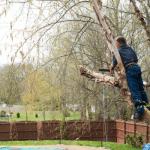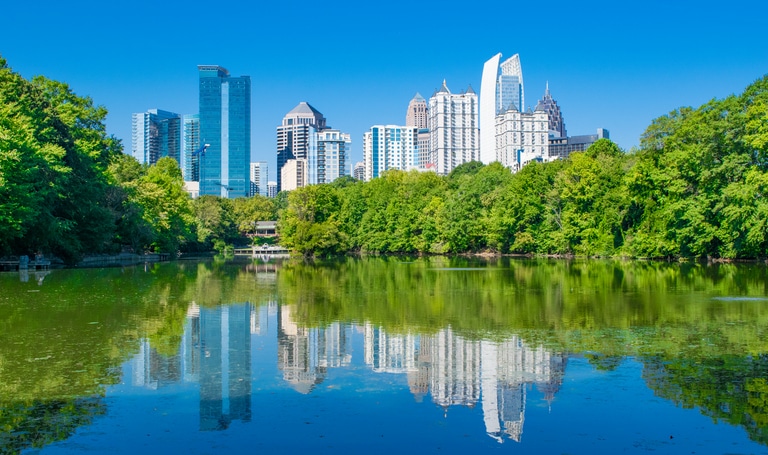July is a wonderful time to appreciate the beauty and benefits of urban forests. These green spaces offer a sanctuary from the hustle and bustle of city life, providing shade, improving air quality, and creating a habitat for wildlife. At Strunk Tree Service, we are passionate about helping you maintain and enhance your urban forest. Here are some valuable tips to keep your urban trees healthy and thriving.
The Importance of Urban Forests
Urban forests are vital to our cities. They not only beautify our surroundings but also play a crucial role in our well-being. Trees in urban areas help reduce pollution, cool our neighborhoods, and even boost our mental health. However, maintaining these green spaces requires proper care and attention.
Tips for Maintaining Urban Trees
-
Regular Pruning
Regular pruning is essential for the health and safety of urban trees. It helps remove dead or diseased branches, promotes healthy growth, and prevents potential hazards. Pruning also improves air circulation and sunlight penetration, which are vital for the tree’s overall health.
-
Proper Watering
Urban trees often face water stress due to compacted soil and limited root space. Ensure your trees receive adequate water, especially during dry periods. Deep watering is more effective than frequent, shallow watering. Aim to water the soil to a depth of about 12 inches to reach the tree’s root zone.
-
Mulching
Mulching is a simple yet effective way to protect your urban trees. A layer of mulch around the base of the tree helps retain moisture, regulate soil temperature, and reduce weed competition. Use organic mulch, such as wood chips or shredded bark, and apply it in a donut shape, keeping it away from the trunk.
-
Soil Health
Healthy soil is the foundation of a thriving urban forest. Compacted soil can hinder root growth and reduce water infiltration. Aerate the soil around your trees to improve its structure and add organic matter to enhance its fertility. This will promote healthy root development and overall tree vitality.
-
Pest and Disease Management
Urban trees are susceptible to pests and diseases, which can spread quickly in densely populated areas. Regularly inspect your trees for signs of infestations or infections. Early detection and treatment are crucial to preventing widespread damage. Consult with a professional tree service like Strunk Tree Service for proper diagnosis and treatment options.
Planting New Trees
-
Choose the Right Species
Selecting the right tree species for your urban environment is crucial. Consider factors such as climate, soil type, and available space. Native species are often the best choice, as they are adapted to local conditions and support local wildlife.
-
Planting Techniques
Proper planting techniques are vital for the long-term health of your trees. Dig a hole that is two to three times wider than the root ball but no deeper. Ensure the tree is planted at the correct depth, with the root flare (where the roots spread out from the trunk) just above the soil level. Backfill the hole with the original soil and water thoroughly.
-
Early Care
Young trees require extra care to establish themselves in their new environment. Provide regular water, protect the trunk with a tree guard, and ensure they are not competing with grass or weeds. Mulch around the base to retain moisture and support healthy growth.
Consulting the Professionals
Maintaining an urban forest can be challenging, but you do not have to do it alone. Strunk Tree Service is here to help. Our team of certified arborists has the expertise and experience to care for your trees properly. Whether you need pruning, pest management, or advice on planting new trees, we have got you covered. Contact us today to get started.




